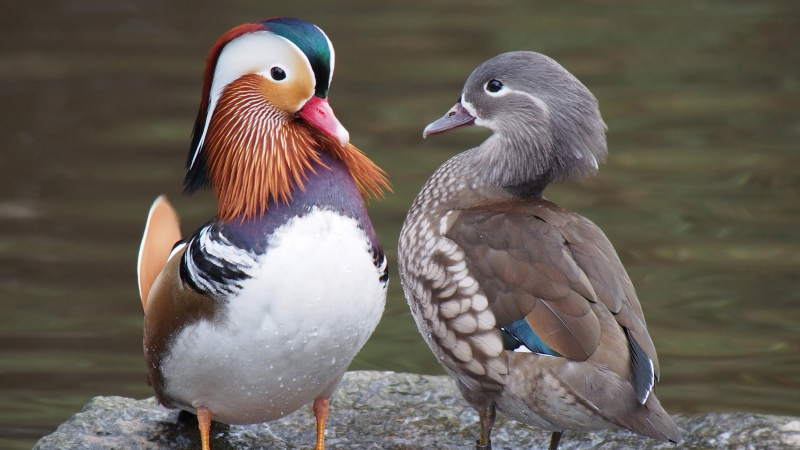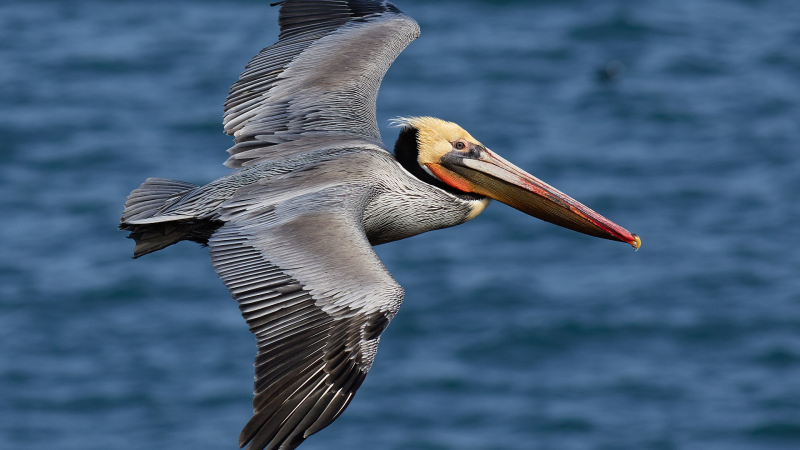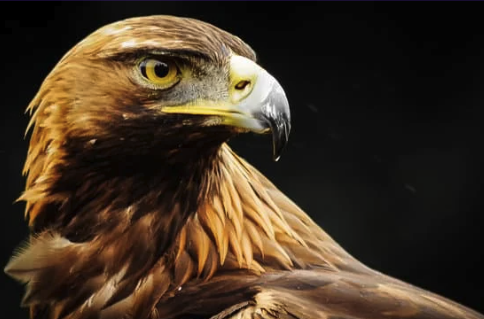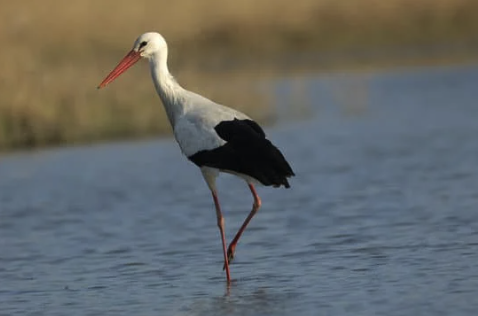Birdlife Along the River Mersey: A Snapshot

Today, I’d like to take you on a virtual wander along the River Mersey. Historically known for its industrial past, the Mersey has undergone a remarkable transformation over the last few decades. With improved water quality and ongoing conservation efforts, it now provides a lifeline for a diverse range of water birds. Below, I’ll introduce you to some of the common—and not-so-common—species you might spot along its banks.
1. The Ever-Present Mallard
No guide to water birds would be complete without mentioning the humble Mallard (Anas platyrhynchos). Universally recognised for the drake’s glossy green head and the duck’s mottled brown plumage, Mallards are often the first birds people learn to identify. They’re incredibly adaptable and can thrive in both rural and urban settings along the Mersey.

Fun Fact: Mallards are partial to seeds and aquatic vegetation, so if you see them dabbling (tipping themselves forward in the water), they’re probably foraging for tasty underwater morsels.
2. Tufted Duck
Another character commonly seen on the Mersey is the Tufted Duck (Aythya fuligula). The males sport a sleek black and white suit with a distinctive tuft at the back of the head, while females are more subdued brown. Watch for them diving rather than dabbling—they like to plunge underwater in search of invertebrates and small fish.

Conservation Note: They’ve been doing relatively well in urban environments, especially where water quality has improved.
3. Cormorant
Often perched with wings outstretched, Cormorants (Phalacrocorax carbo) are expert fish-hunters. They have a slightly prehistoric look, with dark plumage and a thick bill that can spear a catch in seconds. Cormorants are increasingly seen on freshwater rivers and lakes, a testament to the Mersey’s rebounding ecosystem.

Critical Insight: Some anglers view them as competition for fish stocks. Balancing recreational interests with the needs of local wildlife is an ongoing challenge.
4. Grey Heron
Strolling along the Mersey’s banks, you might spot a Grey Heron (Ardea cinerea) standing motionless as it waits to ambush an unsuspecting fish, amphibian, or small mammal. These tall, elegant birds have a grey body, white neck, and a striking yellow bill.

Pro Tip: Herons can be shy; try to spot them with a pair of binoculars from a distance. Their long legs and slow movements make them fairly easy to identify, even from afar.
5. Little Egret
A relatively recent arrival to the UK, the Little Egret (Egretta garzetta) has become an increasingly common sight along British coasts and estuaries. With its bright white plumage, slender black legs, and yellow feet, the Little Egret stands out against the often grey British skies.

Environmental Note: Their growing presence here indicates shifting climate patterns and improved conservation measures, though it also suggests changing habitats elsewhere.
6. Waders and Shorebirds
While we often think of water birds as ducks or swans, the Mersey’s estuary environment also plays host to a variety of wading birds, such as Redshanks, Oystercatchers, and Curlews. During migration seasons, you may even catch sight of the more unusual Black-tailed Godwit or Avocet.

Why It Matters: These birds rely on mudflats and shallow waters to probe for worms, crustaceans, and other invertebrates. Preserving these feeding grounds is crucial for sustaining their populations.
7. Gulls
Like it or loathe it, gulls are part of the Mersey’s avian tapestry. Herring Gulls, Black-headed Gulls, and Lesser Black-backed Gulls are the usual suspects. While some see them as pests, they play a role in the ecosystem by scavenging and, in turn, helping to keep waterways cleaner.

Opinion: Co-existence often involves understanding gulls’ place in the environment, rather than dismissing them as nuisances.
Seeing the Bigger Picture
The sheer variety of birdlife along the River Mersey is a testament to successful conservation initiatives and to nature’s resilience when given a fighting chance. However, ongoing vigilance is essential. Pollution, habitat loss, and climate change are persistent threats, and it’s up to both local communities and larger organisations to safeguard these wetlands for future generations.
Get Involved:
- Volunteer with local groups like the Wirral Environmental Network (where I’m a trustee) or join cleanup days at nearby reserves.
- Observe and record the birds you see. Contributing your sightings to citizen science platforms (like the RSPB’s Big Garden Birdwatch) can help track trends over time.
- Advocate for local wildlife by supporting initiatives that protect water quality and wetland habitats.
Thanks for reading! I hope this little tour inspires you to keep an eye on the river’s edge. And if you’re ever out and about along the Mersey and spot anything interesting, do let me know in the comments.
Until next time,
Claire
(Mallard Munch – Quacking about wetlands since that fateful chocolate-fuelled domain purchase!)





